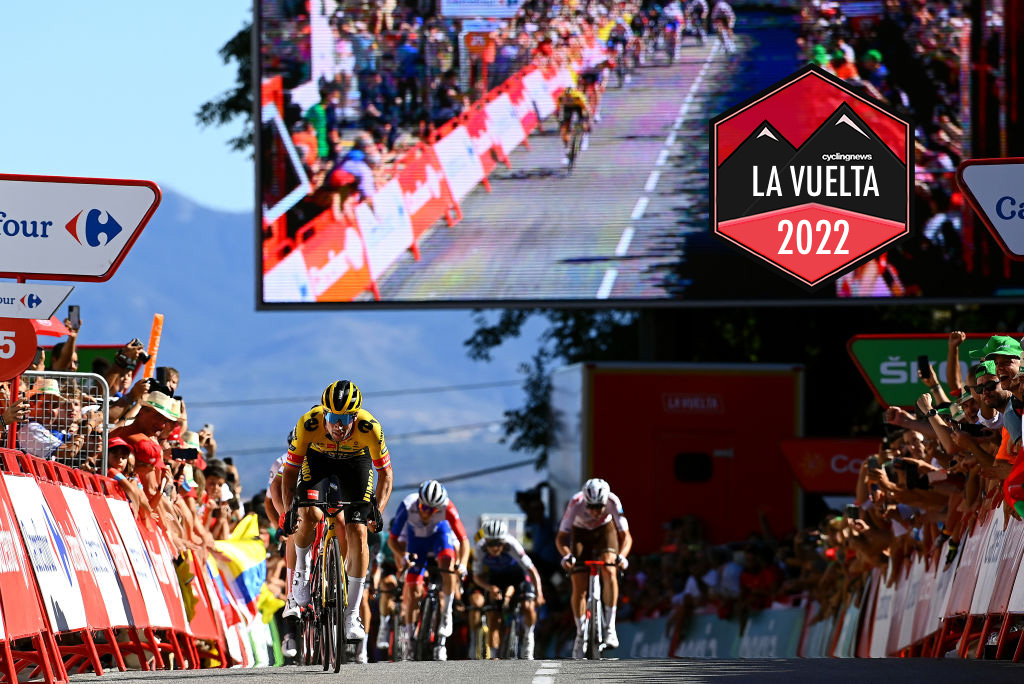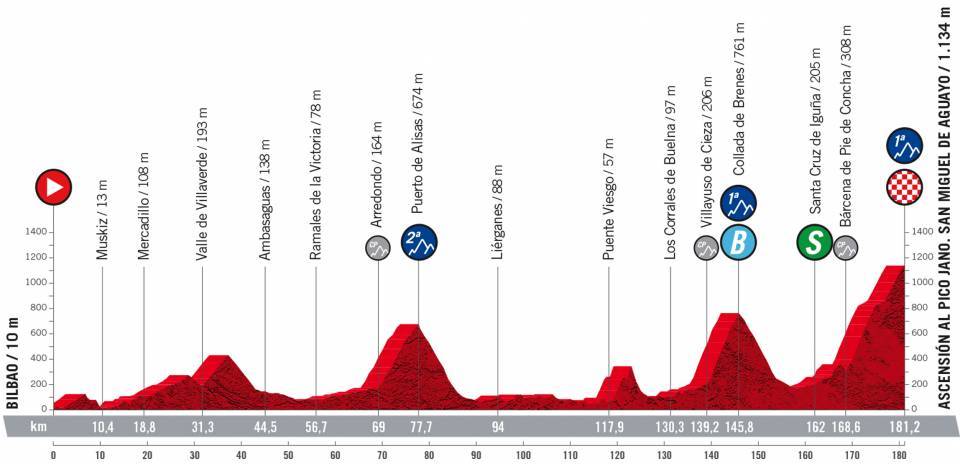Into the unknown: Vuelta a España GC favourites face test on new summit finish
Cantabrian ascent of Pico Jano adds fresh challenge to stage 6, the first major day in the mountains for 2022

The Vuelta a España is never slow to test climbing form and the 2022 race is no exception, with the first major mountain day on stage 6 set to put the GC riders through their paces with a 12 kilometre final ascent, Pico Jano.
The opening mountain stage of any Grand Tour is always a voyage into the unknown, but on this occasion even more so. Pico Jano has never been used in a pro race before, only in a couple of local under 23 events, and the final four kilometres set to be used on Thursday were only tarmacked this summer.
The discovery of the unknown will begin when the Vuelta heads out of Bilbao and the Basque Country and into neighbouring Cantabria, birthplace of some top racers like three-time world champion Oscar Freire, for the first summit finish of the 2022 event.
The time honoured cliche about not deciding the winner of the Vuelta will almost certainly apply to stage 6. But the two first category climbs late on will give a much more definitive form to the overall classification as well as showing which of the hypothetical GC contenders is, in fact, not at the top of their game.
“It’s going to do some damage for sure and not just because of Pico Jano,” Mikel Bizkarra, a pro with Euskaltel-Euskadi who is one of the few riders who’s done a full recon of the entire climb, tells Cyclingnews.
“I heard it was in the Vuelta this year, so I decided to go see it for myself, both Pico Jano and the Brenes, the first category climb which precedes it.”
“Brenes is really hard, tougher than Pico Jano because it’s shorter but steeper, and the road surface, assuming they haven’t done any work on it since the summer, is much worse, both on the ascent and the descent.”
Get The Leadout Newsletter
The latest race content, interviews, features, reviews and expert buying guides, direct to your inbox!
“By the time the race gets to Pico Jano, the Vuelta peloton will already be a lot smaller than usual. And then the first part of Pico Jano is the hardest so that’ll be where the GC teams try and squeeze things down even further.”
Just 6.8 kilometres long, about half the complete distance of Pico Jano, almost a third of Brenes has gradients of well over 10%, with segments at 15%. As Bizkarra said, with just 20 kilometres to go from its summit to the foot of Pico Jano, it looks likely to prove a decisive point in the stage.

As for Pico Jano, Bizkarra underlines that with a flat segment of around a kilometre half way up, it arguably makes no sense for the Vuelta’s GC riders to attack too soon, “because the easier part could allow other squads to regroup and pull back any breakaways.”
“So they'll wait. They’ll toughen it up on the first part, which is much harder, average around eight or nine per cent, and then riders will try and make attacks in the second part once it starts to climb again.”
“The last four kilometres are around seven per cent and when I went up, not completely tarmacked, but I’ve seen from photos that the road surface is now in a very good state. The last kilometre in any case, is nothing special in terms of the climb, it doesn’t suddenly get any harder or anything. There just a few more hairpins and that’s it.”
Positioning will not be too tricky at the foot of the climb, Bizkarra said, “because it’s a good, broad road, and it’s very straightforward on the approach road.”
“There’s a right hander onto the start of climb, then a quick drop down through the tunnel and a little bit of a left hand bend which is a trickier part. But we’ll have to see how it goes.”
Bizkarra said that his own team, Euskatel-Euskadi, will be exceptionally motivated to do well again given it is the third and last day of racing in the Basque Country, where the team is based. Certainly a resounding send-off from Bilbao on Thursday morning for the orange squad is to be expected.
Rudy Molard’s (Groupama-FDJ) defence of his red jersey will be one plotline to follow. But so, too, will be whether the GC contenders also look for a chance to test Primož Roglič (Jumbo-Visma) and perhaps regain some much-needed momentum in an overall battle that, up to now, has been playing out in favour of the Slovenian at every point in the game.
Will Pico Jano prove to be any different?
Alasdair Fotheringham has been reporting on cycling since 1991. He has covered every Tour de France since 1992 bar one, as well as numerous other bike races of all shapes and sizes, ranging from the Olympic Games in 2008 to the now sadly defunct Subida a Urkiola hill climb in Spain. As well as working for Cyclingnews, he has also written for The Independent, The Guardian, ProCycling, The Express and Reuters.
